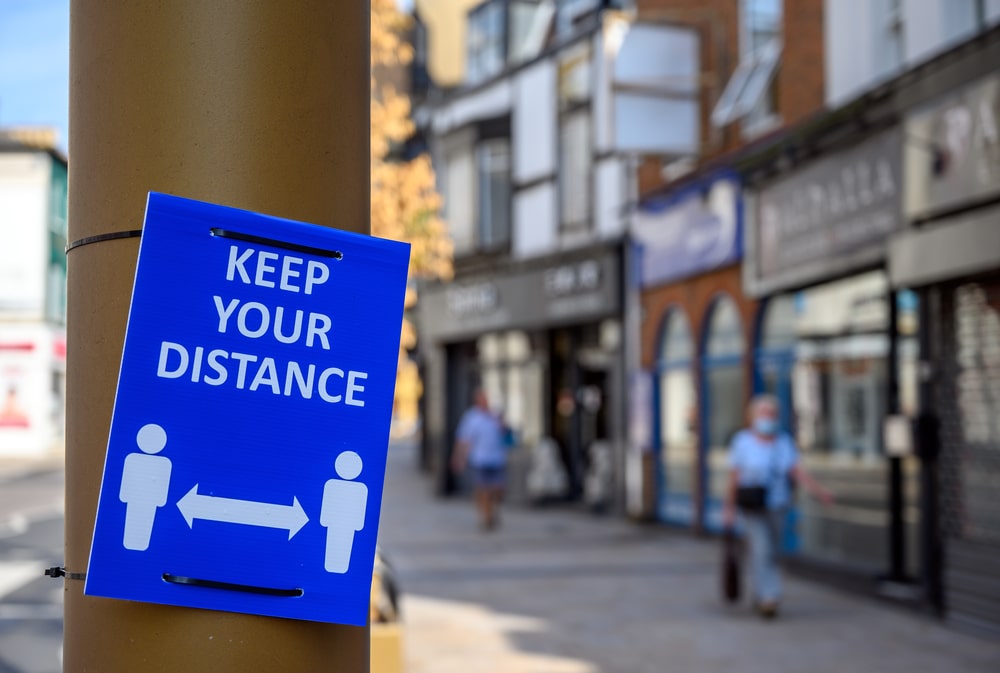
Industries that rely on physical contact may be considered to be high risk for credit insurers and could find themselves with lower coverage in the long term, is the analysis from a new Eiopa (European Insurance and Occupational Pensions Authority) report.
Eiopa argues that industries such as aviation, retail stores, bars, restaurants and event organising, were, as a result of the pandemic, “inherently vulnerable”.
Insurers paid out €3.8bn in trade credit policies in 2020, a 12% rise from 2019 according to ICISA (International Credit Insurance and Surety Association).
Despite the severe collapse in economic activity in 2020 due to the pandemic, the number of bankruptcies and claims did not rise in 2020 as large Government financial support helped organisations navigate a way through the pandemic.
Business Risk
The report acknowledges that a reduction in coverage could create negative development in the wider economy, as businesses starved of support, reduce their output and in turn reduce overall economic activity.
However, many observers expect that once firms are weaned off Government support, there will be a rise in bankruptcies along with claims growth. Nevertheless, there will be a time lag in the claims data, as during the pandemic there was a 47% increase in the number of invoices paid late.
There is an acknowledgement in the report that the pandemic may have moved trade credit in a new direction, stating that “the pandemic could fundamentally change the perception, modelling and underwriting of trade credit risks.”
If the industry wants to embrace changes then there needs to be two changes as Russell has previously argued.
The first step that will be required is a change in mindset in the credit market, away from the short-term assessment of a company within a 90-day window to a more holistic, longer-term assessment.
For example, as well as credit underwriters having a deep knowledge of all the insured parties and counter-parties in the retail business ecosystem, they should also examine other factors such as the rise in online retail or the changing habits of consumers. What are underlying data trends, in other words?
These are just some of the questions that the new Eiopa report asks and need to be consistently asked going forward.
Secondly, underpinning this mindset will be a continuing requirement for good data insights – sourced from the leading business and financial intelligence firms - as well as risk model analytics that provide credit (re)insureds with an understanding of their insureds and the market in which they operate.

Related Articles
Credit and surety
Credit and surety
Credit and surety